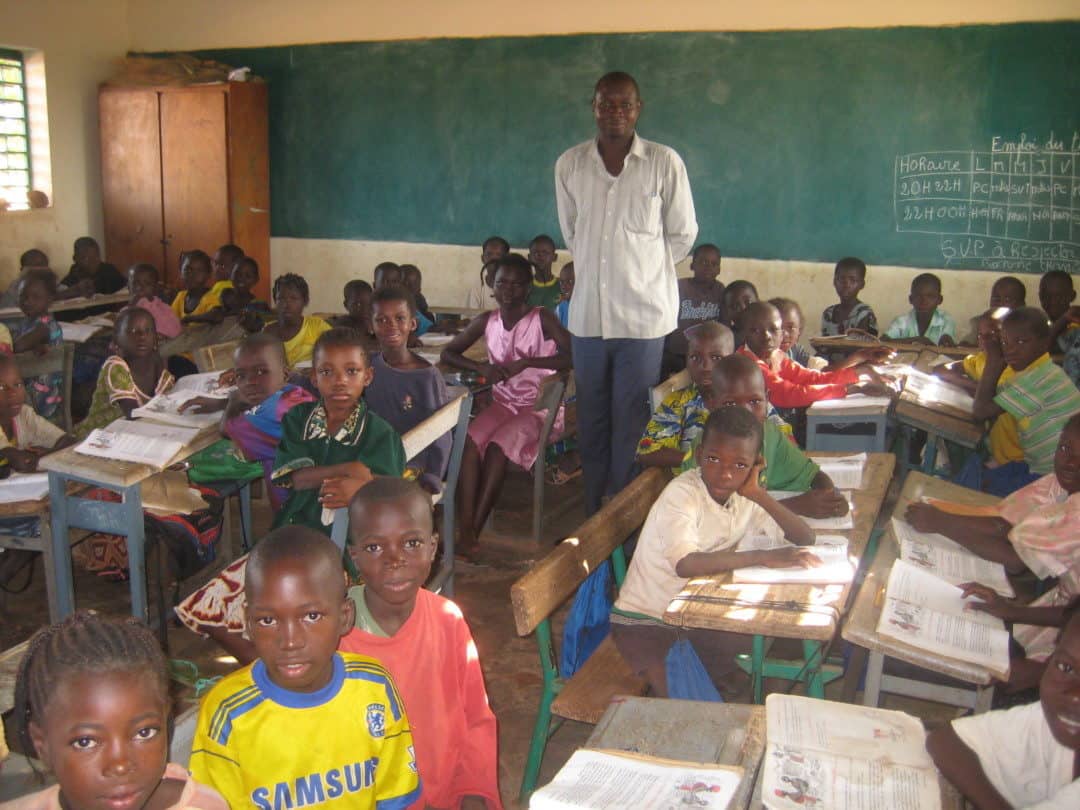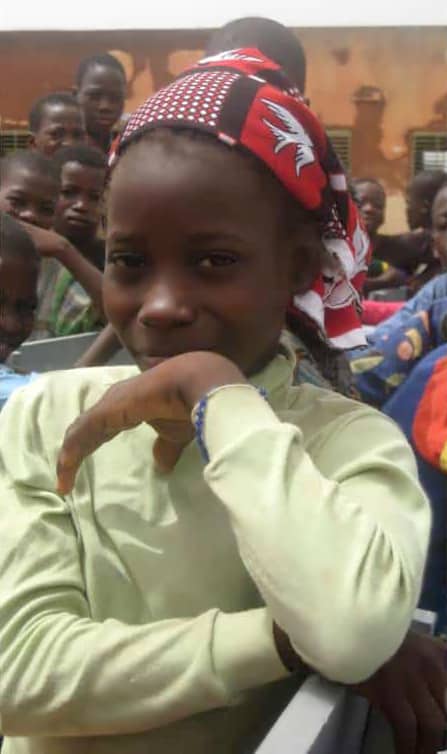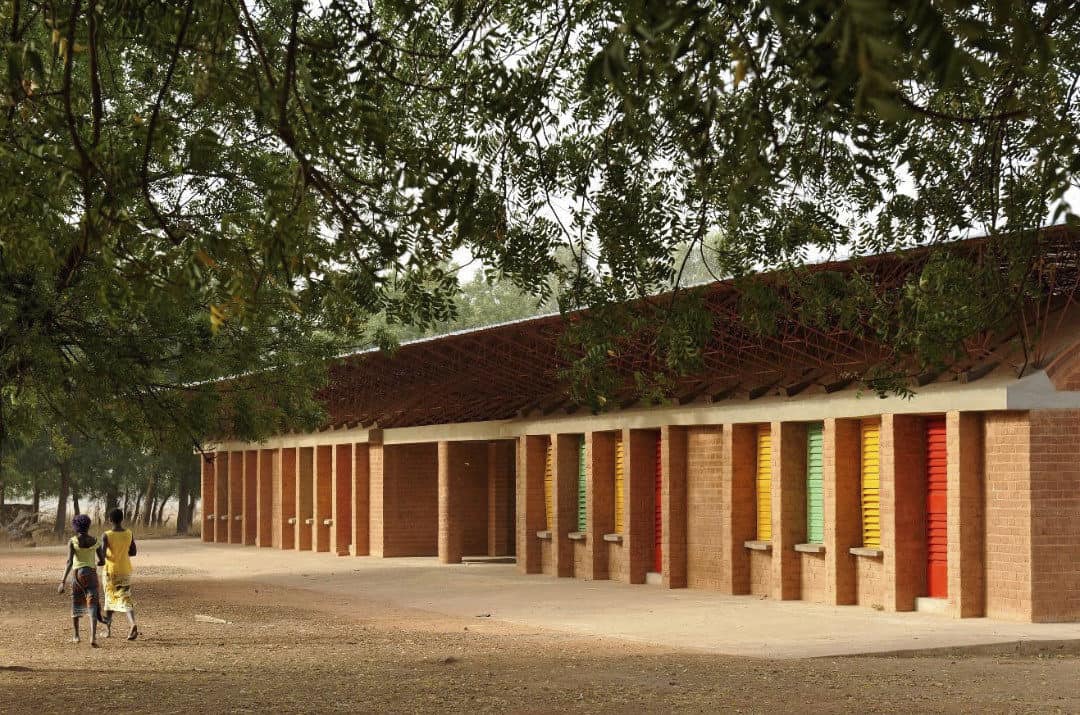Burkina Faso, Close to Reaching Universal Primary Education

Rural primary school, in Komki Ipala
In 1991, ranking close to the bottom in world rankings on education with one of the lowest net school enrollment ratios, Burkina Faso was about to achieve universal primary education in 2014.
Since 2007, education is compulsory for all children under the age of 17.
Gender gap was about to be closed in primary school: 99 girls per 100 boys and significantly reduced in secondary schools: 80 girls per 100 boys in 2012/13.
Compaoré’s key instruments :

- Massive investments in school construction, the government’s “Education Free for All” legislation since 2007 and compulsory education until 16 years underpinned by public awareness campaigns.
- Between 1993 -2014, the budget amount for education increased with an average of 9.2 % per year while the national budget increased an average of 6.9 % per year.
- Associations of Pupils’ Parents were encouraged to make voluntary contributions to improve school life of their children, hence increasing “ownership” of the importance of education among the community.
Key statistics outlining Burkina Faso’s education improvements
Compaoré’s Focus since 1991: Primary Schools in Rural Areas
- Primary school enrolment figures leaped to 92.8 % in 2012-2013 from a dismal 38.6 % in 2000.
- Number of primary school classrooms has been multiplied by five since 1991 and doubled since 2000, improving schools’ capacity to include all children.
- School location — 85.9 % of pupils in 2012 are within 3 kilometres or 1.86 miles.
- Number of primary school teachers increased by an average of 9 % per year since 2000.
- In 2012, in rural areas, the student-teacher ratio was better than in urban areas: 52 pupils per teacher compared to 59 pupils per teacher per classroom in urban areas.
- School attendance by girls has jumped from 36 % in 2001 to 81 % in 2010 as a result of government’s positive action.
- In 2013, a 500 % increase in school textbooks per pupil since 2000.
- Schools with canteens reached 82 % in 2011, compared to 49 % in 2000.
But Challenges did still exist
- More than half of schools did not have sufficient tables for students to work on and only 12.9 % of primary schools were electrified in 2011.
- The National Electrification Program that launched public works in 2013, planned to bring electricity to 105 county towns of rural and communes, increasing the availability of electricity for schools in 2016.
- There was and still is a great need for more teachers to work at state-owned schools.
- Despite the objectives and actions undertaken within the framework of the Ten-year Basic Education Development Plan (PDDEB 2001-2010), the indicators of literacy in Burkina Faso remained low (28.7 %) , according to the 2006 population and housing census. A National Literacy Acceleration Program implemented from 2011 to 2015 across the country aimed to achieve a literacy rate of 60 % and to enable more than 300,000 people to learn to read and write.
Secondary School Success

Secondary School Gando, Burkina Faso, Kéré Architecture, photo credit: Erik Jan Ouwerkerk
- Special support was given to secondary education in 2013 including positive action towards 2,000 girls through grants, housing and stipends for education.
- In 2013, the government built 36 new secondary schools, constructed 116 additional classrooms and developed 235 college schools in rural towns and cities around the country. In addition, four secondary technical schools opened their doors in Tenkodogo (East Central), Garango (East- Central), Toma (West) and in Dori (North) resulting in the recruitment of an additional 1,689 teachers in 2013.
- The National Technical Training and Skills Program (CSRP) insured professional training to 4,000 youth in 2013.
- 2013/14 counted 762,445 secondary school students compared to 319,749 for 2005/06 and 199,397 for 2000/01.
- Number of girls attending secondary schools nearly tripled between 2005 and 2011.
- Number of boys attending secondary schools doubled between 2005 and 2012.
- The gender gap in secondary schools diminished from a moderate of 60 girls per 100 boys in 1990/91 to a growing 80 girls per 100 boys in 2012/13.
- Number of secondary school teachers doubled between 2005 and 2014.
- But only 4% of all students were in technical education, and 87 % of technical colleges were private.
University Level and Higher Education Growth

The budget for higher education represented more than 5% of national budget in 2013
- Before Compaoré’s departure, a National Action Plan to Develop Higher Education (PNADES 2014-2023) was initiated with a financial commitment of $2 billion over the next decade: a yearly investment of 113 billion FCFA or $200 million.
- The budget for the Ministry of Secondary and Higher Education and Scientific Research represented more than 5 % of national budget in 2013.
- In 2012/13: 74,276 students were enrolled in 179 University and Higher Education Institutes operating in Burkina Faso.
- The CERBA Research Centre became a reference in West Africa for Research on Molecular Biology and Applied Genetic.
- On June 16, 2006, President Compaoré laid the first cornerstone of the International Institute for Water and Environmental Engineering, 2iE. Since then, 5,000 young people have been trained in strategical sectors for development in Africa.
- Two Burkinabè students won a Berkeley’s University Competition ($ 25,000) with their invention of Faso Soap that effectively fights malaria by repelling the mosquitoes that are still killing 1 million people per year worldwide.
- Prof. Yvonne Bonzi, professor and researcher in chemistry at the University of Ouagadougou was awarded the prestigious Kwamé Nkrumah Scientific Award for Women in 2013 that included a $ 20,000 prize money.
- In 2014, the biggest optic telescope of Africa was to be installed on the mount Djaogari ( 1 506 feet or 459 m), near Dori (North) to serve astrophysics research at the University of Ouagadougou and research worldwide.Since Compaoré’s departure, the Northern part of Burkina Faso has been frequently attacked by terrorists and other armed groups jeopardizing the realization of this important project.



